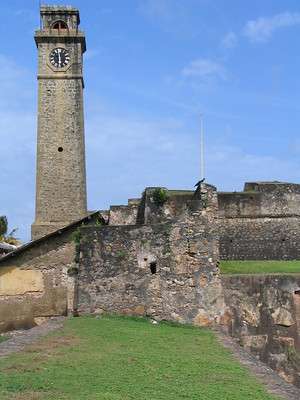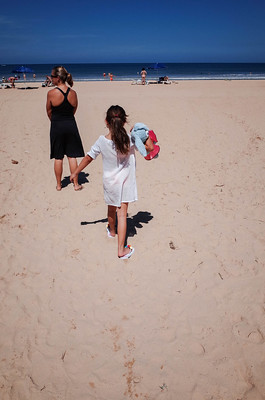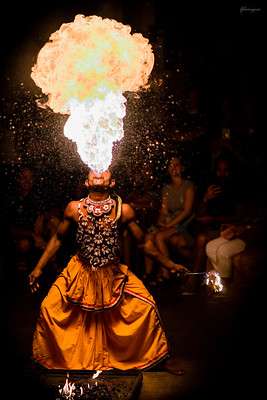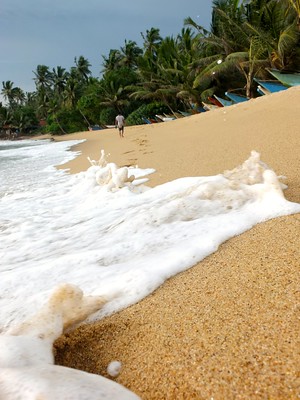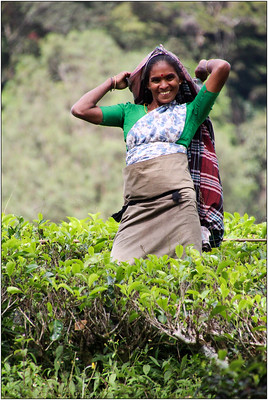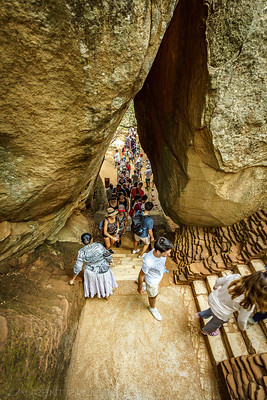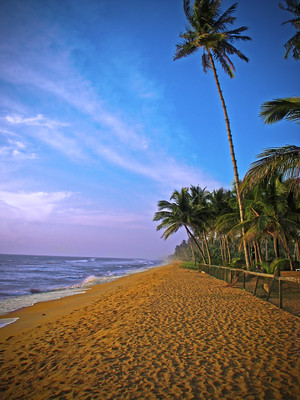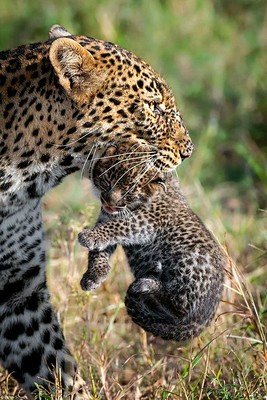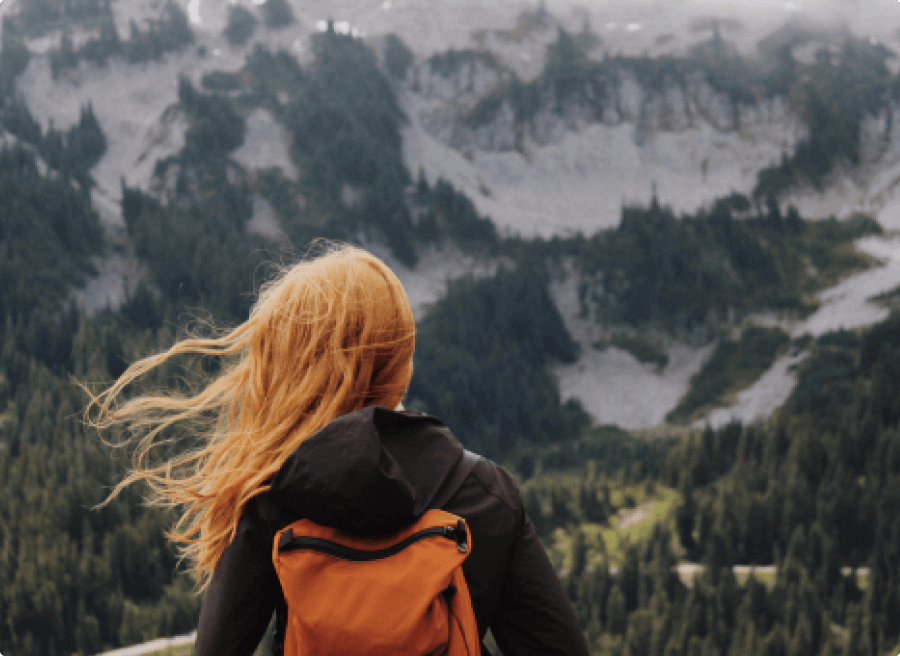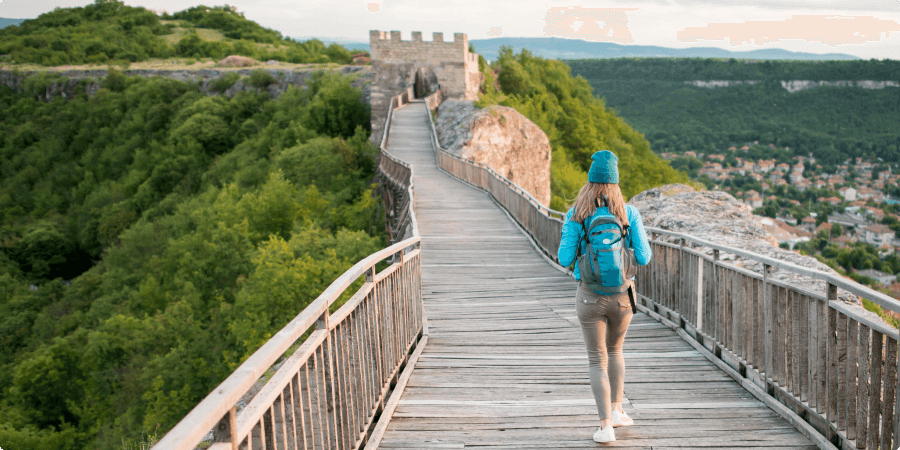Sri Lanka has a long and deep-rooted connection with Theravada Buddhism, making it one of the primary centers of this tradition. With a history spanning over two millennia, Theravada Buddhism has played a significant role in shaping the culture, values, and religious practices of the Sri Lankan people. In this article, we will delve into the history, teachings, rituals, and influence of Theravada Buddhism in Sri Lanka.
Theravada Buddhism was introduced to Sri Lanka in the 3rd century BCE when Emperor Ashoka of India sent his son Mahinda and daughter Sanghamitta to spread the teachings of the Buddha. The arrival of Mahinda and Sanghamitta marked a turning point in Sri Lankan history, as the island embraced Buddhism as its predominant religion. Since then, Theravada Buddhism has flourished and remained deeply embedded in the fabric of Sri Lankan society.
The teachings of Theravada Buddhism in Sri Lanka are primarily based on the Tripitaka, which is the Pali Canon. The Tripitaka consists of three divisions: the Vinaya Pitaka (rules for monastic discipline), the Sutta Pitaka (discourses of the Buddha), and the Abhidhamma Pitaka (philosophical analysis of the teachings). These texts form the authoritative source for Theravada practitioners in Sri Lanka and are diligently studied by monks and scholars.
Monastic life holds a revered place in Sri Lankan Theravada Buddhism. Monks, known as bhikkhus, dedicate themselves to a strict code of conduct and lead a life of renunciation and contemplation. They play a crucial role in preserving and disseminating the teachings of the Buddha. Monasteries, or viharas, can be found throughout the island, serving as centers of religious and educational activities. The monastic community holds immense respect and plays an active role in the daily lives of Sri Lankan Buddhists
Rituals and ceremonies are an integral part of Theravada Buddhist practice in Sri Lanka. The most prominent among them is the observance of the poya days, which are the full moon days that commemorate significant events in the life of the Buddha. On these days, devotees visit temples, make offerings, listen to sermons, and engage in meditation and chanting. Vesak, the celebration of the birth, enlightenment, and passing away of the Buddha, is another major festival that brings Buddhists together in vibrant displays of devotion and religious fervor.

Finally ‘YES’ to a Sri Lanka Tour
Buddhist temples, known as stupas or dagobas, are prominent architectural structures in Sri Lanka. The most revered of these is the Temple of the Tooth in Kandy, which houses a sacred relic believed to be the tooth of the Buddha. Pilgrims from all over the country visit these temples to pay homage and seek blessings.
Theravada Buddhism has not only influenced religious and cultural aspects of Sri Lanka but has also played a significant role in shaping the country’s legal and political systems. The concept of dhammaraja, the king who rules according to the principles of dharma, has been deeply ingrained in the governance of Sri Lanka throughout history. Buddhist principles of non-violence, compassion, and ethical conduct continue to influence the mindset of the Sri Lankan people and guide their approach to social and political issues.
In conclusion, Theravada Buddhism has a profound presence in Sri Lanka, shaping the religious, cultural, and social landscape of the country. The teachings of the Buddha, preserved in the Tripitaka, guide the lives of Sri Lankan Buddhists, while monastic communities and temples serve as centers of spiritual practice. Rituals, festivals, and religious observances further deepen the connection between the people and their faith. Theravada Buddhism in Sri Lanka stands as a testament to





